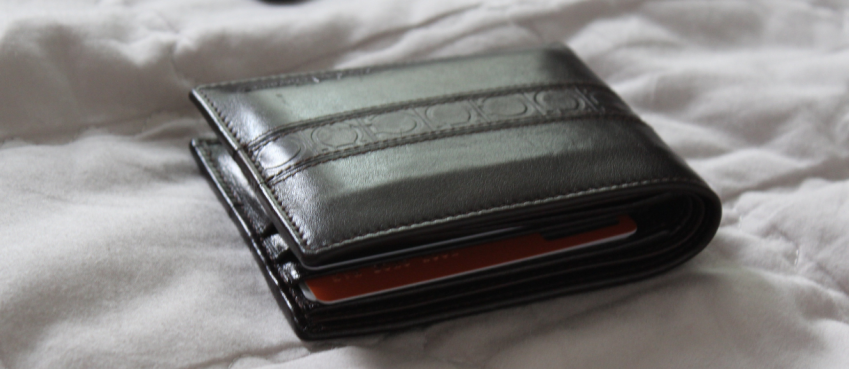
Cars are fragile machines that occasionally need repairs. However, it is essential to note that all repairs are not worth it. Sometimes, your car may be too damaged to be repaired, or the repair might cost far more than the car’s original price. In that case, it makes little sense to spend a ton of money on a feeble, failing vehicle! Instead, you might want to junk the car at a scrap yard where you get some returns on our damaged car. The junkyard would then salvage parts of the car that could be recovered – recycling any spare parts and metals your car had. Have you ever been curious about the entire process?
The junking of cars starts when they are handed over to a scrap yard. The entire process could be divided into six distinct steps. The details of each step are pretty interesting, so if you are one with a curious mind, the lines below will satiate your quench for knowledge.
Step 1: Removing the Car
Before the car gets salvaged, it must be removed from your property and moved to a scrapyard. It sounds like a simple and self-explanatory step – but complications can arise. When you have a broken car, transporting it to a scrap yard could be challenging. After all, you cannot simply drive your immobilized vehicle to a junkyard. In order to solve this problem, a good junk car buyer in Los Angeles will provide a flatbed tow truck. If the car is not entirely immobilized but mechanical issues prevent it from being driven, they may come with a conventional tow truck to transport it.
Also read: Best Oculus Quest 2 Accessories To Bring Home In 2024Step 2: Draining Fluids
Once the car is at the scrapyard, they will drain all the fluids that may be in the car. Examples of fluids one can find in a car – even in a vehicle that has not been active for a long time –are transmission fluid, brake fluid, and oils that should recover for two reasons. First, they are a medical and environmental concern. Second, they can be explosive, and this volatile nature of the fluids presents a significant danger to the workers at the scrapyard, so draining fluids from a car is an essential step.
Step 3: Parting It Out
No matter how dilapidated it is, your car would likely have a few parts that can keep other vehicles running for years. So in the next step, these valuable spare parts should recover from your car. If there are fully functioning spare parts, recycling them is a waste of time and money, so these should remove from the junk car for reuse in other vehicles. Because of the second-hand nature of those parts, these will sell at a discounted price in the market. One can also inspect the junk cars in some scrapyards and pick up the pieces they need.
Step 4: Plastic and Rubber Recycling
The next step involves recycling the plastic and rubber elements from the car. The junkyards would first remove all rubber and plastic and then independently recycle each component. Although plastic and rubber are not as valuable as recycling metal, there are multiple scenarios where recycled plastics and rubbers are in demand.
Also read: 50+ Trending Alternatives To Quadpay | A List of Apps Similar To Quadpay - No Credit Check/Bills and PaymentStep 5: Aluminum Recycling
After plastics and rubbers are recycled, a scrapyard moves the aluminum parts of the car. There is a lot of demand for aluminum in the modern world, so recycling this valuable metal is a significant need. In addition, a substantial benefit of aluminum is that it is lightweight, so objects made from aluminum reduce the bulkiness of a vehicle. Therefore, modern cars have a lot of aluminum in them.
Step 6: Steel Recycling
The bulk of a car is iron and steel, and these are two valuable metals recycled at the last step. These metals can make up to 60 percent of a vehicle. First, the steel parts are flattened with a crusher and grounded by a shredder when recycling cars. Then, this steel gets recycled into new car parts. Because most junkyards sell the scrapped and crushed metal to foundries, the process of steel recycling completes elsewhere.
End Notes
So now that you have already seen how scrapping junk cars is such a blessing for protecting the environment, why not find a fast way to recycle your junk cars? I suggest you read this post to maximize your junk car value while avoiding landmines.
Top 10 News
-
01
[10 BEST] AI Influencer Generator Apps Trending Right Now
Monday March 17, 2025
-
02
The 10 Best Companies Providing Electric Fencing For Busines...
Tuesday March 11, 2025
-
03
Top 10 Social Security Fairness Act Benefits In 2025
Wednesday March 5, 2025
-
04
Top 10 AI Infrastructure Companies In The World
Tuesday February 11, 2025
-
05
What Are Top 10 Blood Thinners To Minimize Heart Disease?
Wednesday January 22, 2025
-
06
10 Top-Rated AI Hugging Video Generator (Turn Images Into Ki...
Monday December 23, 2024
-
07
10 Top-Rated Face Swap AI Tools (Swap Photo & Video Ins...
Friday December 20, 2024
-
08
10 Exciting iPhone 16 Features You Can Try Right Now
Tuesday November 19, 2024
-
09
10 Best Anatomy Apps For Physiologist Beginners
Tuesday November 12, 2024
-
10
Top 10 Websites And Apps Like Thumbtack
Tuesday November 5, 2024







